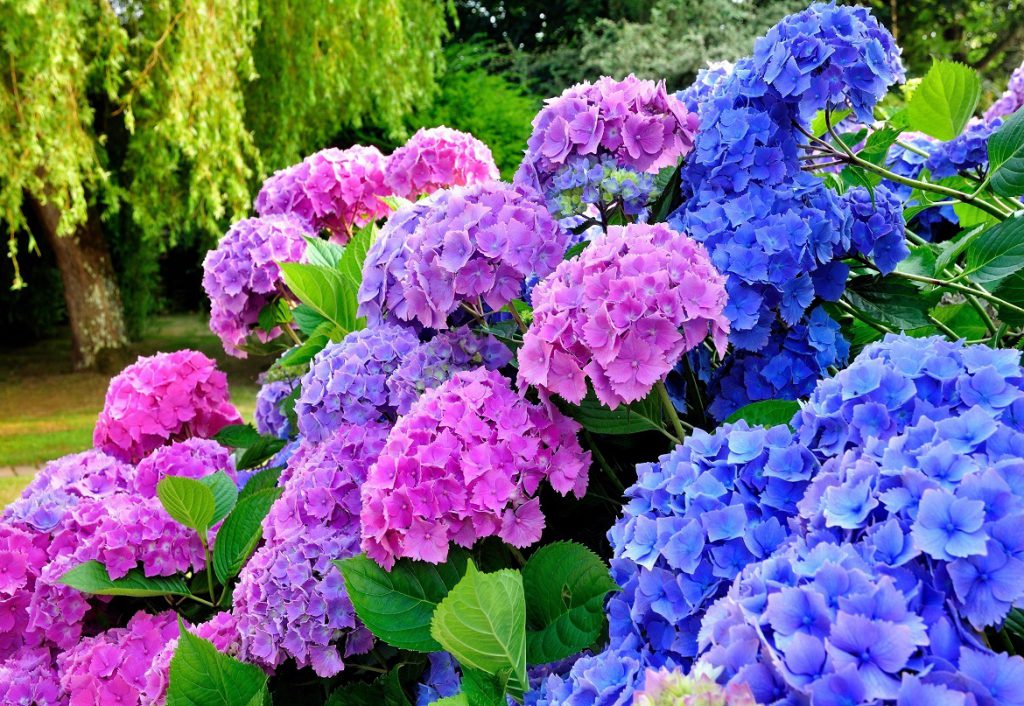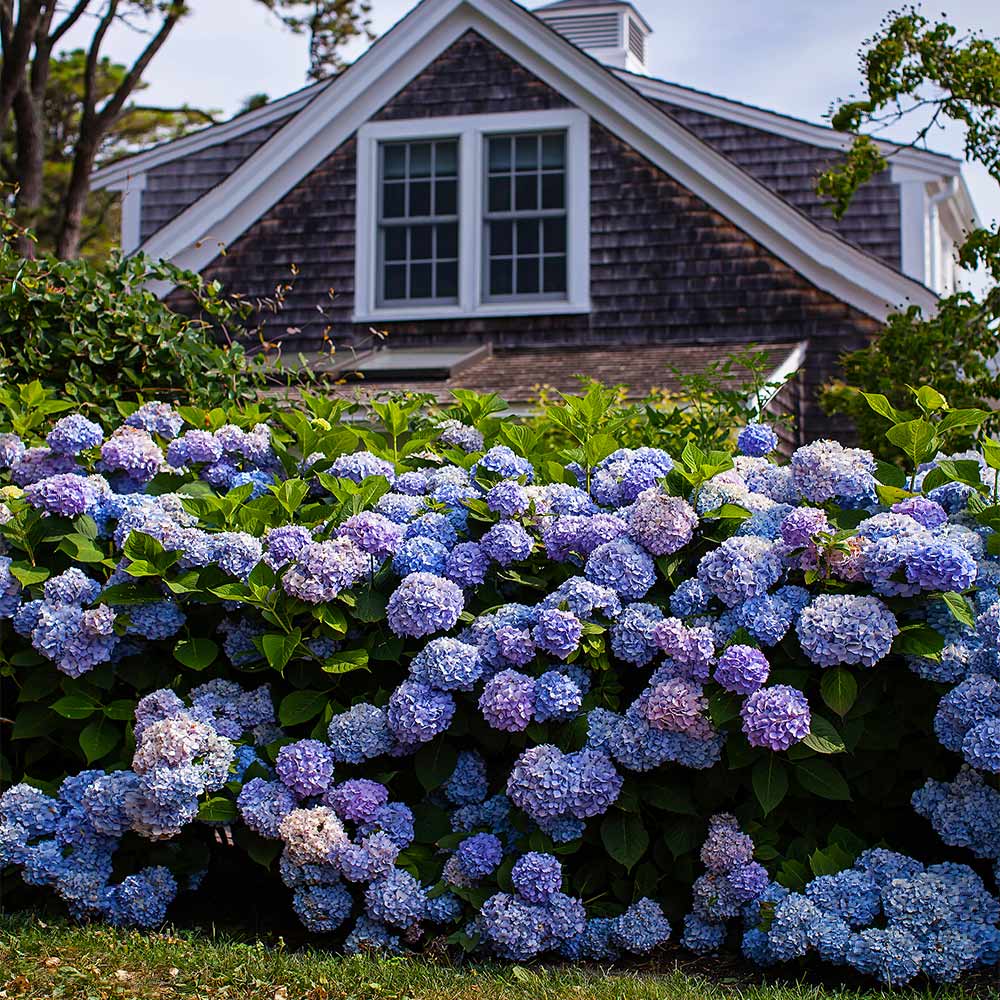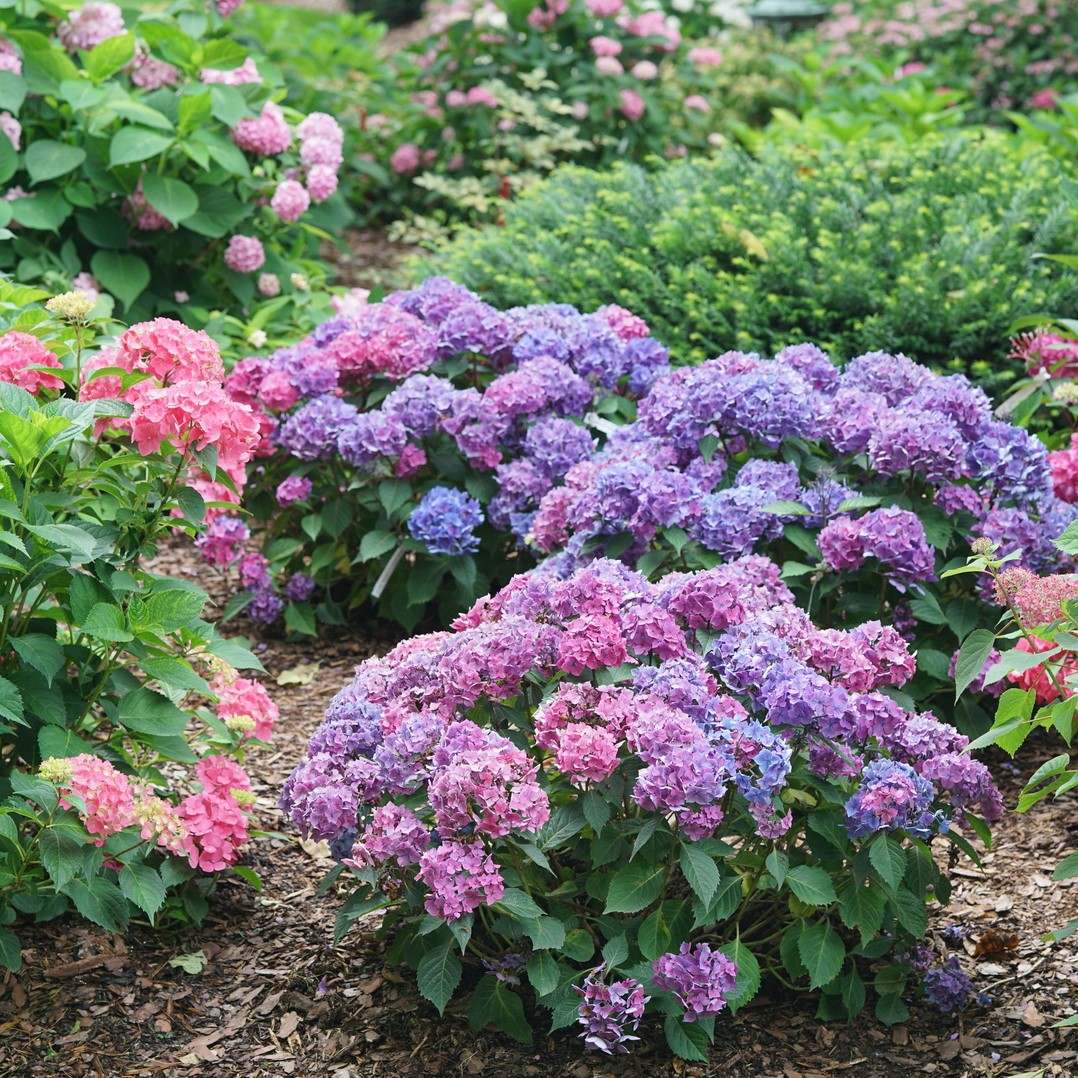Hydrangeas are blooming in abundance across the northeastern states, causing quite a stir. Gardeners and horticulturists are witnessing one of the best seasons for hydrangeas in a decade, or possibly two. From New Hampshire to the Mid-Atlantic, vibrant clusters of petals in colors ranging from white and blue to pink and lavender are attracting significant attention this summer.
The phenomenon is so remarkable that people are traveling from miles away to witness the bloom explosion, with festivals like the Cape Cod Hydrangea Festival in Hyannis Port, Massachusetts drawing crowds. Visitors are flooding social media with photos and videos, showing off the stunning hydrangeas, which bloom from early summer through fall. Learn what’s behind this extraordinary hydrangea season and how you can keep it going.
Which Hydrangeas Are Fueling the Craze?
With over 70 species and 600 named varieties, hydrangeas are a gardener’s favorite. These deciduous shrubs with woody stems provide vibrant splashes of color to gardens throughout the summer and well into autumn.
In the Northeast, the epicenter of this “hydrangea hysteria,” the most common variety is the bigleaf hydrangea (Hydrangea macrophylla), also known as French hydrangea, lacecap hydrangea, or snowball plant. This variety produces blue, pink, or purple flowers, with blooms often over 2 inches in diameter. The peak blooming season for hydrangeas typically occurs in July and August.

Why Is This Happening Now?
Hydrangeas thrive on water, and the recent rainy fall and mild winter created ideal conditions for a surge in blossoms this summer, capturing widespread attention. Last year was among the wettest on record for many northeastern states, including Connecticut, Maine, Massachusetts, and Vermont, according to the National Centers for Environmental Information.
The consistent wet conditions promoted substantial growth, as the soil remained moist throughout the season. Additionally, warm winter temperatures, influenced by El Niño, prevented frost damage to dormant buds. Experts suggest that after a few years of underwhelming hydrangea blooms, this season feels like a much-needed spectacle.

Hydrangeas’ Water Needs
Water is essential for hydrangea health, and it’s no surprise that rainfall played a major role in this year’s floral abundance. Hydrangeas require a lot of water to thrive in any garden.
To care for them, water deeply three times a week throughout the growing season using a soaker hose or drip irrigation system. Each plant needs 1 inch of water (about 8 to 12 gallons) per week. It’s best to water at the base to prevent fungal issues on the leaves, and morning is the ideal time, as watering later can result in evaporation.
Potted hydrangeas may need daily watering, so make sure the pot has good drainage, and water evenly around the plant. Check for drooping leaves or dried-out flowers, and if the soil feels dry to the touch, it’s time to water.

These Tips Can Help Keep Hydrangeas Blooming
While this summer’s “hydrangea hysteria” will eventually fade, you can extend the blooming period and prepare for next year by following some essential care tips.
First, it’s important to understand when hydrangeas bloom and how long their blooming season lasts. Some varieties bloom continuously, while others rebloom throughout the season. Make sure your plants are receiving the right balance of sun and shade. Most hydrangeas thrive in partial sun, needing protection from harsh afternoon light. For example, bigleaf hydrangeas can dry out and turn brown by August if exposed to constant sunlight.
Next, prune the shrubs to remove excess branches, leaves, and roots. This can be done after they bloom in the summer or in late winter or early spring, depending on whether the blooms develop from old or new growth. Removing dead stems will also help rejuvenate the shrub.

If you’re concerned about flower color, test the soil regularly. The color of hydrangea petals depends on the soil’s pH level: acidic soil produces blue flowers, while alkaline soil turns them pink. Adjusting the soil based on test results can help control the petal color. Soil testing can also reveal whether fertilizer is necessary. Generally, hydrangeas don’t require much fertilizer, and too much can lead to excessive leaf growth instead of flowers. If fertilizing, use a slow-release organic fertilizer applied lightly.

To combat pests such as Japanese beetles, aphids, and spider mites, use insecticidal soap, but avoid applying it while the plants are in bloom. For diseases like botrytis blight, powdery mildew, and leaf spot, opt for a fungicide treatment.
Lastly, mulching is crucial for helping hydrangeas retain moisture in their shallow roots. Before winter, add 2 to 3 inches of organic hardwood mulch around the base of the plants to protect them during the colder months.
